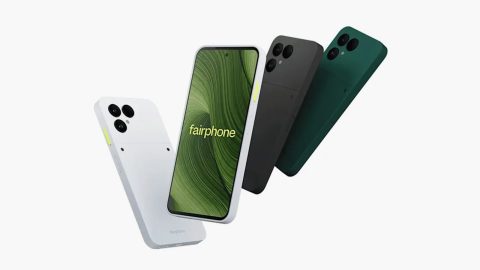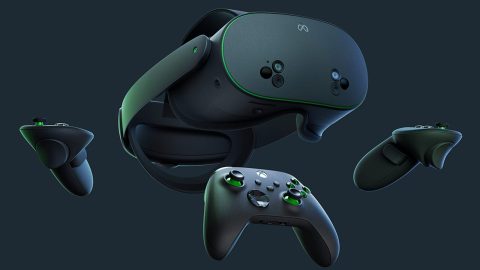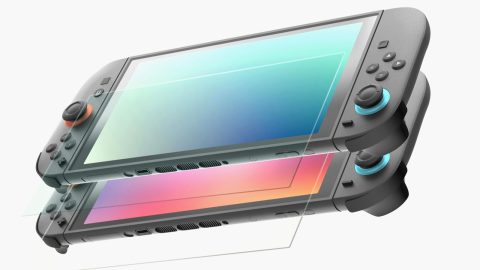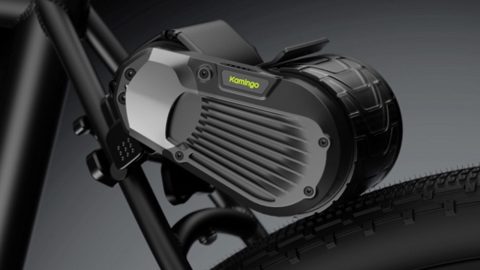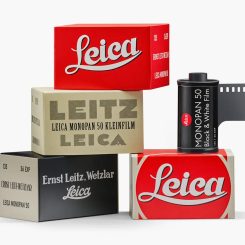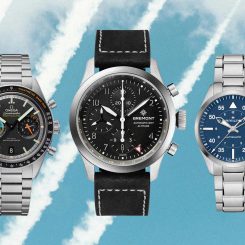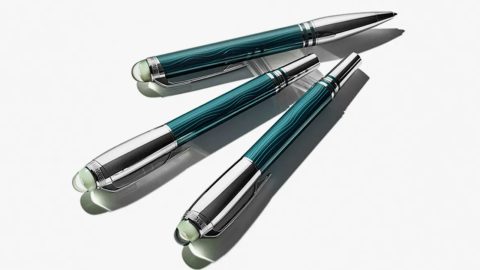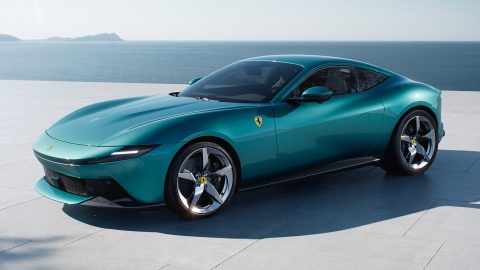There are few global brands as synonymous with luxury electronics as Bang & Olufsen. Renowned for their high-end audiovisual products, the company was founded by Peter Bang and Svend Olufsen in Denmark in 1925. The engineers were fascinated by all things radio, so much so that they set up shop in the Olufsen family’s attic and started producing their own radios.
It’s a humble beginning for such a spectacular story — as the most inspiring of tales often are — and it turned out to be a momentous moment in the men’s lives. Bang & Olufsen was born from pure passion, and the first product to reach the masses was the Eliminator. Dating from 1927, it “eliminated” the need for batteries by allowing radio connection to the mains instead. It was a shrewd and forward-thinking creation that set the tone for decades of success.
Pure Innovation
Two years later, the brand launched its groundbreaking Five Lamper radio. It was an innovative creation for the time, one that depended solely on an electrical outlet for power. The handsome piece was also the first ever to be housed in a cabinet constructed of walnut wood. It was as stylish as it was functional, lending Bang & Olufsen considerable respect for its attention to detail and fine craftsmanship.
Success was immediate for the brand, which followed the Five Lamper with their first radiogramophone in 1930. That paved the way for a public address system designed to use in cinema halls. This alone was so popular that Bang & Olufsen developed an ancillary branch devoted strictly to its production.
Success was immediate for the brand, which followed the Five Lamper with their first radiogramophone in 1930.
But it was only the beginning for the brand, whose output through the next few years included a variety of firsts. They were responsible for the initial mains radio featuring push-buttons, known as the Master 38CH. They introduced a product with 16 permanent radio stations, the Master de Luxe 39. The Beolit of 1939 was the very first radio to feature a bakelite cabinet.
By the start of the next decade, Bang & Olufsen were ready for a more public response. Although popular, they knew they had the potential to build a deeper consumer base. And so they began advertising in the traditional way, filling shop windows with eye-catching decorations and sending stores their merchandise. Before long, Bang & Olufsen products were sold all over the world—and it was clear that the powerful duo were committed to pure innovation from the start.
War Effect
Although Denmark was occupied by Germany during World War II, this period was still quite impressive for Bang & Olufsen. The company grew dramatically in 1941, when they launched the Grand Prix 41. It featured a foldable tuning scale, a detail that folded easily so it could be concealed when not in use.
The company’s factory was destroyed by the Germans in January of 1945, largely because Bang and Olufsen themselves would not collaborate with the occupied forces, and because it was suspected that several of their staff members were members of the Danish Resistance movement. The property was rebuilt, and it was ready for use the following year. The difference, however, was that the new factory was far more technologically advanced.
It set the tone for a slew of even more exciting launches for the brand, including 1947’s Beocord 84U, the very first wire recorder ever produced in Europe, and the Grand Prix 48CB of 1948. This was recognized as the brand’s first high-fidelity radio.
Cutting Edge
What has always set Bang & Olufsen apart from its counterparts is attention to detail and infallible craftsmanship. It was evident in the many cutting-edge products they produced in the decades following the war. Among the most notable was the Beovision Capri TV of 1959. The television was humble in its design; it was a true expression of traditional Danish style, with handsome teak wood forming the encasement, lean legs, and a slightly rounded silhouette. The effect was eye-catching, but not too overt.
Another major production to come from the Bang & Olufsen house was the Beogram 4000. The 1972 development marked a dramatic change for the brand. It was a sleek and sophisticated record player that depended on a tangential tone-arm to play the music. The result was sound that was true to the actual recording. More than just functional, it was an aesthetic masterpiece featuring glossy aluminum that bore an almost futuristic appearance. The record player was so unique in its conception that it was included in the Museum of Modern Art’s design collection.
In 1984, the brand released what ended up being one of its most best-selling products to date: the Beovox CX 100, a loudspeaker recognized immediately for its clean lines, streamlined silhouette, and black fabric cover. It was fresh and modern for the time, yet because it blended in with so many interior designs, it remained relevant for years. Indeed, Bang & Olufsen continued to produce the best-selling product until 2003.
The 1980s also saw the brand release other innovations, including the Beovision MX 2000. It was a vision of the future for those who paid close attention to audiovisual trends; it did, in fact, feel very “2000” with its flatter screen and breakthrough features, like a state-of-the-art remote control, stereo sound, and the ability to search through channels automatically.
Another fresh concept was the Beocenter 9000, which featured a radio, a cassette player, and a CD player all in one. At the time of its release in 1986, it was among the most avant-garde products in existence — not only did it capitalize on the then burgeoning CD trend, but it also evoked a sense of futurism that was irresistible to the elite that typically shopped Bang & Olufsen. Featuring mirrored aluminum and a glossy finish, it was undeniably smooth and easy on the eyes.
Modern Finds
To say the brand continues to churn out products on the cutting edge is something of an understatement. Few brands are as forward-thinking and knowledge of what it takes to stand apart from the rest. The 1990s and 2000s were just as profound and intriguing as the brand’s earliest years.
To say the brand continues to churn out products on the cutting edge is something of an understatement.
Products like the Beoplay A9 of 2012 changed the way that people played music — and the way in which they thought about music players at all. The system was designed to replicate furniture, and, indeed, the rounded black piece set on a trio of wooden legs was distinctive in its appeal. Featuring a black fabric finish, it produced crisp, elegant sound, and continues to be a reliable favorite today.
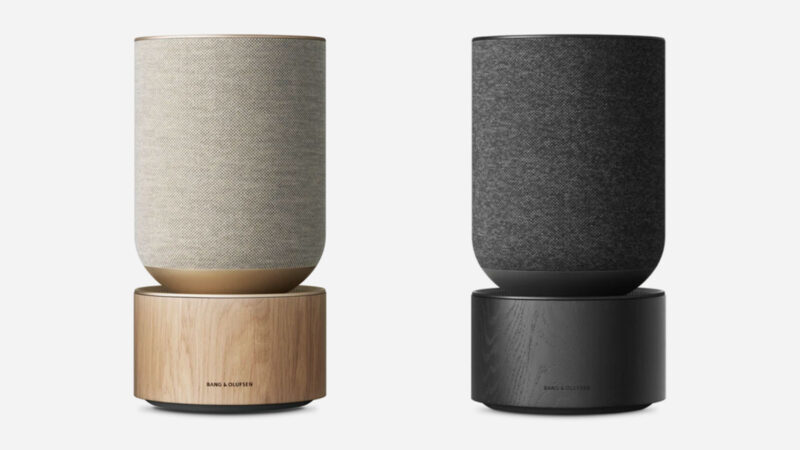
Beosound Balance 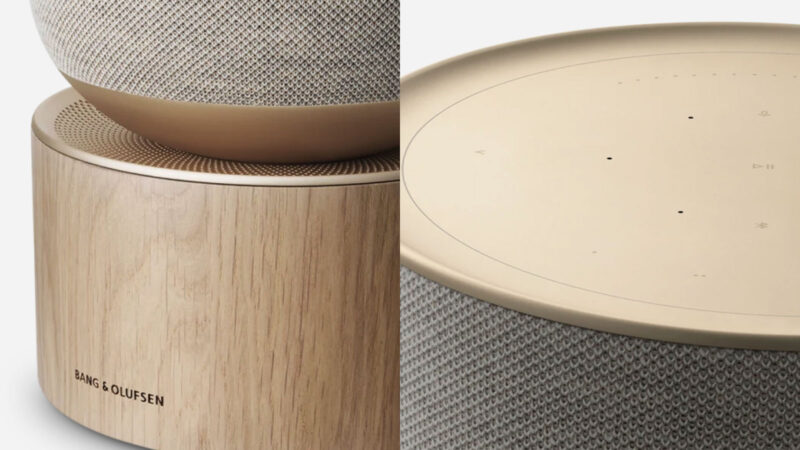
Beosound Balance
For a look at what makes the brand so reliable — and why they’ve remained such a mainstay for decades — look no further than Beosound Balance. This beautiful wireless speaker is unobtrusive in its design, with an understated look that belies the pure, bold, and dynamic sound it produces. Set it against a wall or on a tabletop; wherever it goes, it’s destined to bring the brilliance of music to the room.
If you favor something even more portable, Bang & Olufsen has you covered with the Beoplay P6. This compact little creation is a beauty in a rich chestnut hue. Don’t be fooled by its diminutive size; it produces a rich and true sound as robust as any larger speaker. The fact that it’s portable is simply a bonus.
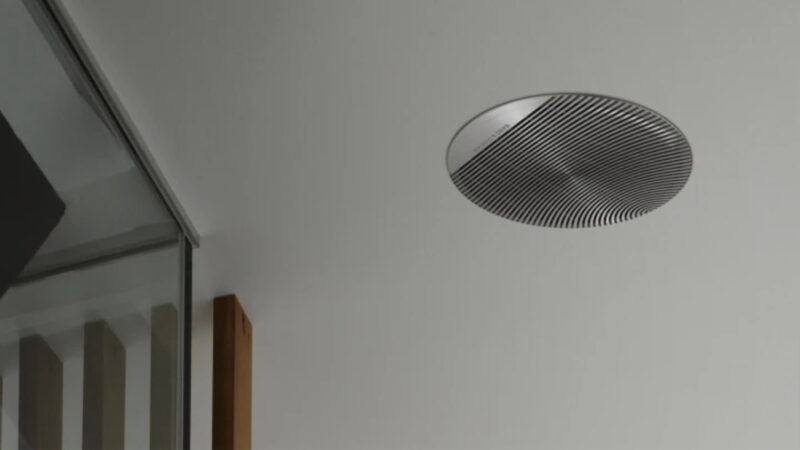
Celestial 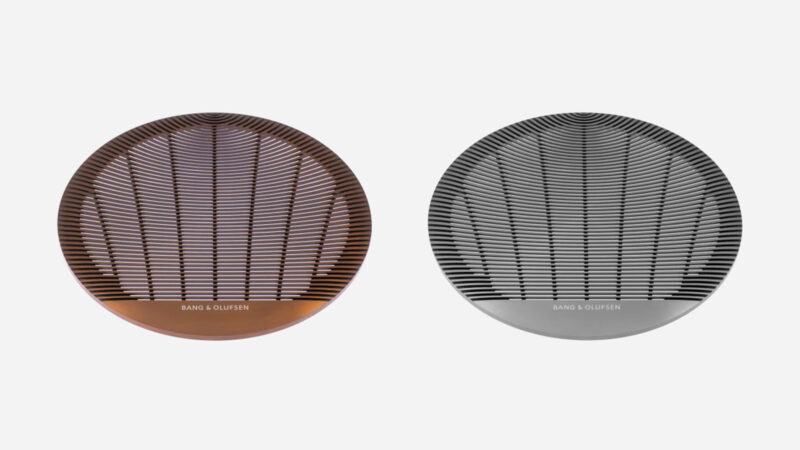
Celestial 
Celestial
For avant-garde settings that call for something truly unique and unexpected, take a peek at Celestial. The aptly named speaker is enough to make anyone stop in awe. It’s sleek, clean, sophisticated, and wonderfully unexpected — one hardly anticipates that they’ll spot speakers when they glance above, but this allows you to do so without competing with anything else in the room. They’re discreet enough to play well with other elements and are available in a wide range of colors. Don’t let their demure size catch you off guard; they’ll still produce the kind of orchestra-worthy sound you expect.
It’s not just speakers that set Bang & Olufsen apart from the competition. As they did in their earliest years, the company produces beautiful televisions that stand worlds apart from other brands, many of whom look to Bang & Olufsen for inspiration. The Beovision Eclipse is a prime example of such perfection: it features what the brand dubs the “world’s finest sound system,” and is sold with your choice of a floor stand, a motorized floor stand, or a wall bracket depending on your room’s layout.
To be sure, few brands with such a storied history could collapse — there’s only room for improvement when legend tells a tale of such innovation, inspiration, growth, and forward-thinking approaches to design. Bang and Olufsen never rested on their laurels, always working towards the next big thing and envisioning what their company’s future might be. That they are still a driving force in the 21st century and continue to pave the way in the audiovisual industry was unavoidable — and highly impressive. No matter how you hope to upgrade your living space, you can easily do so with something from the impressive Bang & Olufsen repertoire.



